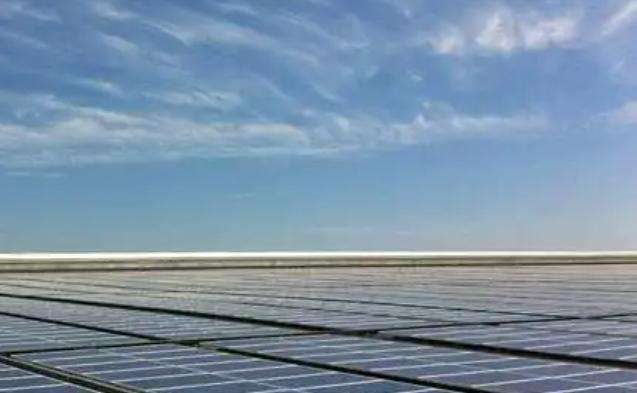Table of contents 1 Pinyin 2 Notes 1 Pinyin
zhǒng zhì zī yuán
2 NotesGenetic resources are also called genetic resources. Germplasm refers to genetic material passed from parents to offspring of crops, and it often exists in specific varieties. Such as old landraces, newly cultivated popular varieties, important germplasm and wild relatives, all are part of genetic resources.
In nature, all living beings express their own genetic phenomena, which are the guarantee of the extension of life and reproduction of the race. The farmers' proverb says: “If you sow beans, you will reap beans; if you sow melons, you will reap melons. » It is a vivid description of genetic phenomena. Reproduction of beans and melons is determined by genetic material.
In biological cells, there are many long double-helical chains called chromosomes, which are composed of a biological macromolecule - deoxyribonucleic acid (abbreviated DAN). The DAN molecule is a long chain made up of a complex arrangement of four types of nucleotides. The genetic information of organisms contained in deoxyribonucleic acid is very long and the nucleotides are very small. Therefore, a DAN molecule contains an impressive amount of genetic code. If a nucleotide is considered a character, then the genetic information stored in an ordinary plant cell is roughly equivalent to the number of words in a small library's entire collection. The biological world is so diverse and colorful, and this is its secret.
There are approximately 1 million species of animals, 300,000 species of plants and many microorganisms on earth, which contain genetic resourcesrich and diverse. As long as a small part of it is discovered and used, it will be used. sufficient to cultivate new varieties of agricultural animals. Open up a vast world.
With the development of modern science, scientists have collected most of the useful genes from plants in the world and stored them in a “warehouse”. This repository is called a “gene bank,” a popular name. This is called a “genetic material bank”. It is used to preserve genetic resources. The library has advanced thermal insulation and moisture insulation structures and air conditioning equipment. It maintains a dry and low temperature environment all year round, slows down seed metabolism and extends seed life. seeds, so that the seeds do not lose their original quality for several years, or even a hundred years. Heritability and germination capacity. In fact, theIndividual fragments of the DAN gene are very difficult to isolate and store. The varieties collected in the gene bank are complete genetic combinations – crop seeds or tissue cells. Since the genetic composition of cultivated varieties has been identified and genetic maps have been drawn up and stored in computers, when a special gene needs to be applied, the corresponding genetic material can be extracted for genetic isolation. Thanks to this gene bank, all the breeding materials requested by scientists will be at hand and can be directly used in crossing work to create new useful varieties or species.
To date, more than 500 genetic material banks of different types have been established around the world, collecting more than 1.8 million copies of genetic resources. Among them, there are 1.2 million servings of cereals, 350,000 servings of beansots, 80,000 portions of roots and tubers and 200,000 portions of animal feed. The United States in the 20th Century The germplasm bank in Fort Collins, Colorado, built in the 1900s, is the largest gene bank in the world, with a collection of more than 200,000 germplasms. The National Germplasm Bank of the Chinese Academy of Agricultural Sciences in Beijing has a collection of more than 70,000 germplasms. The germplasm bank has provided a rich material basis for studying the origin and evolution of crops and cultivating new crop varieties.
The importance of protecting and developing ancient hybrid seeds is to enrich crop genetic resources and protect the ecological environment.
1. Enrich crop genetic resources: Heirloom hybrid seeds are diverse and adaptable, and can provide more abundant genetic resources.tes for modern agriculture and provide more choices for the transformation and improvement of agricultural production.
2. Protect the ecological environment: ancient hybrid seeds are more adaptable to the local environment and ecological conditions during the planting process, and have better ecological adaptability, which can promote the sustainable development of agricultural production and protect the environment. ecological environment.














